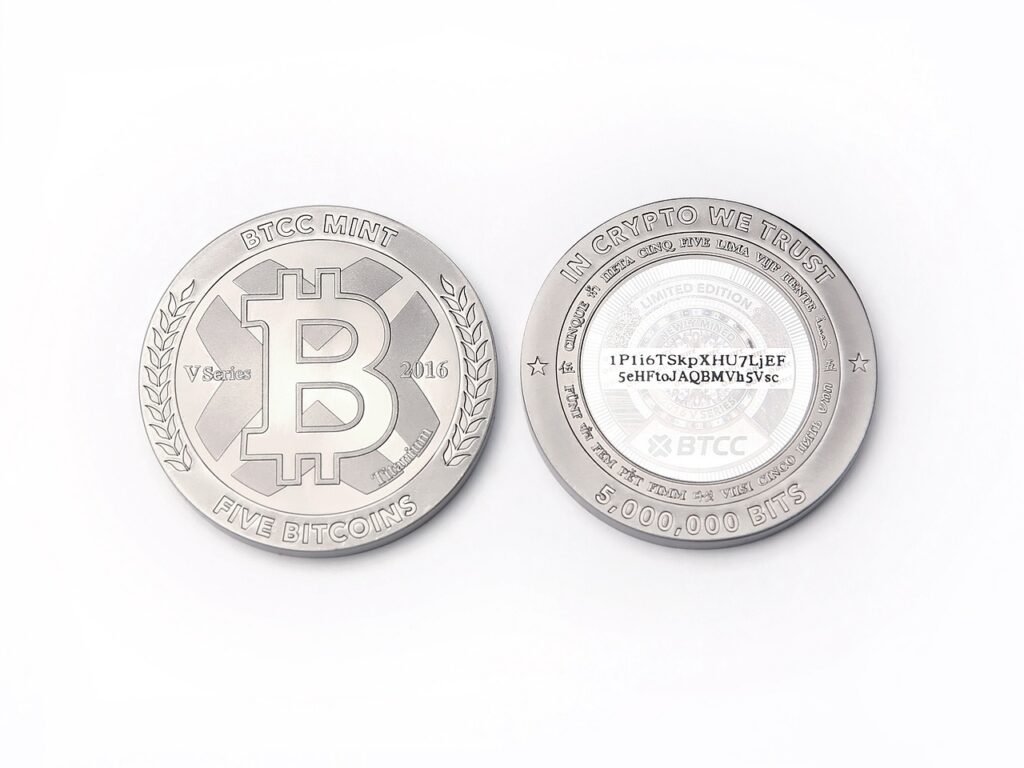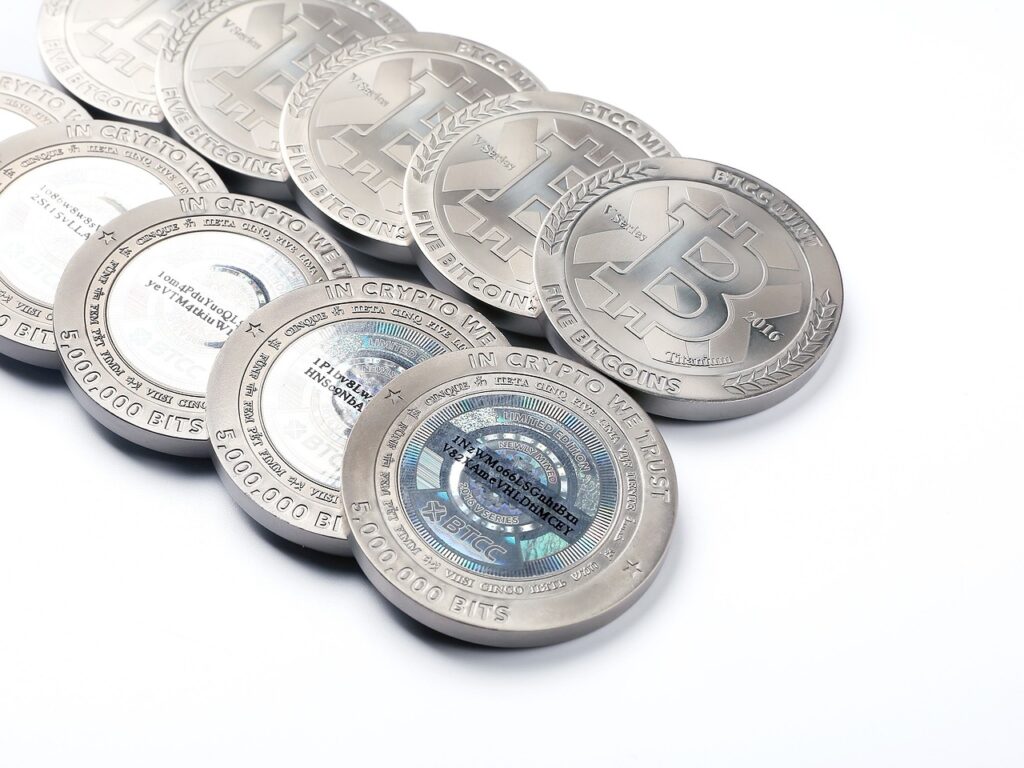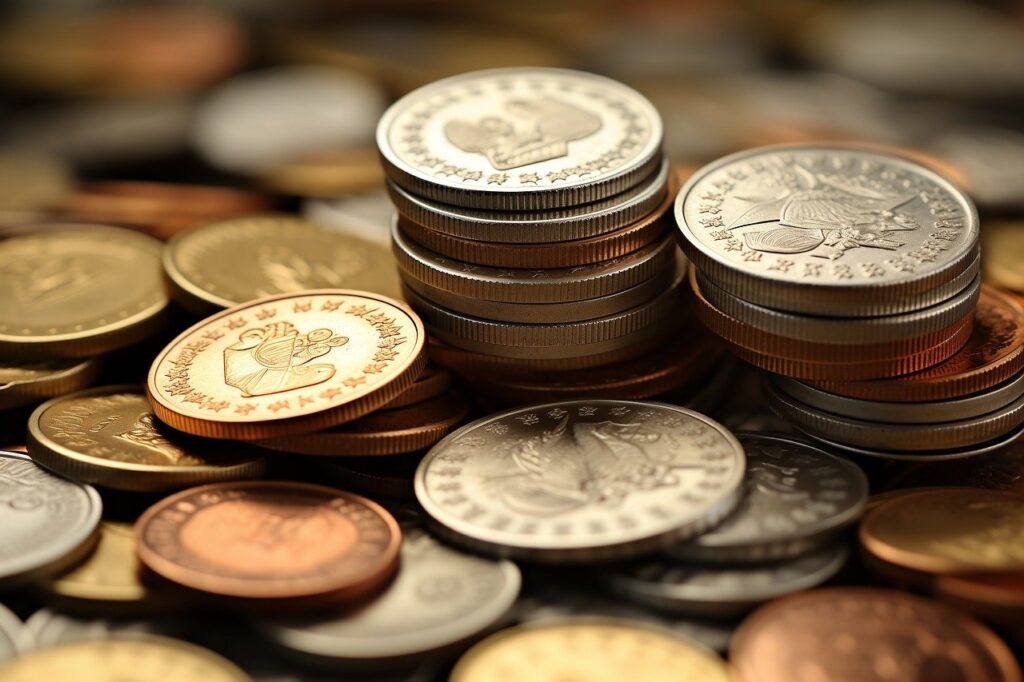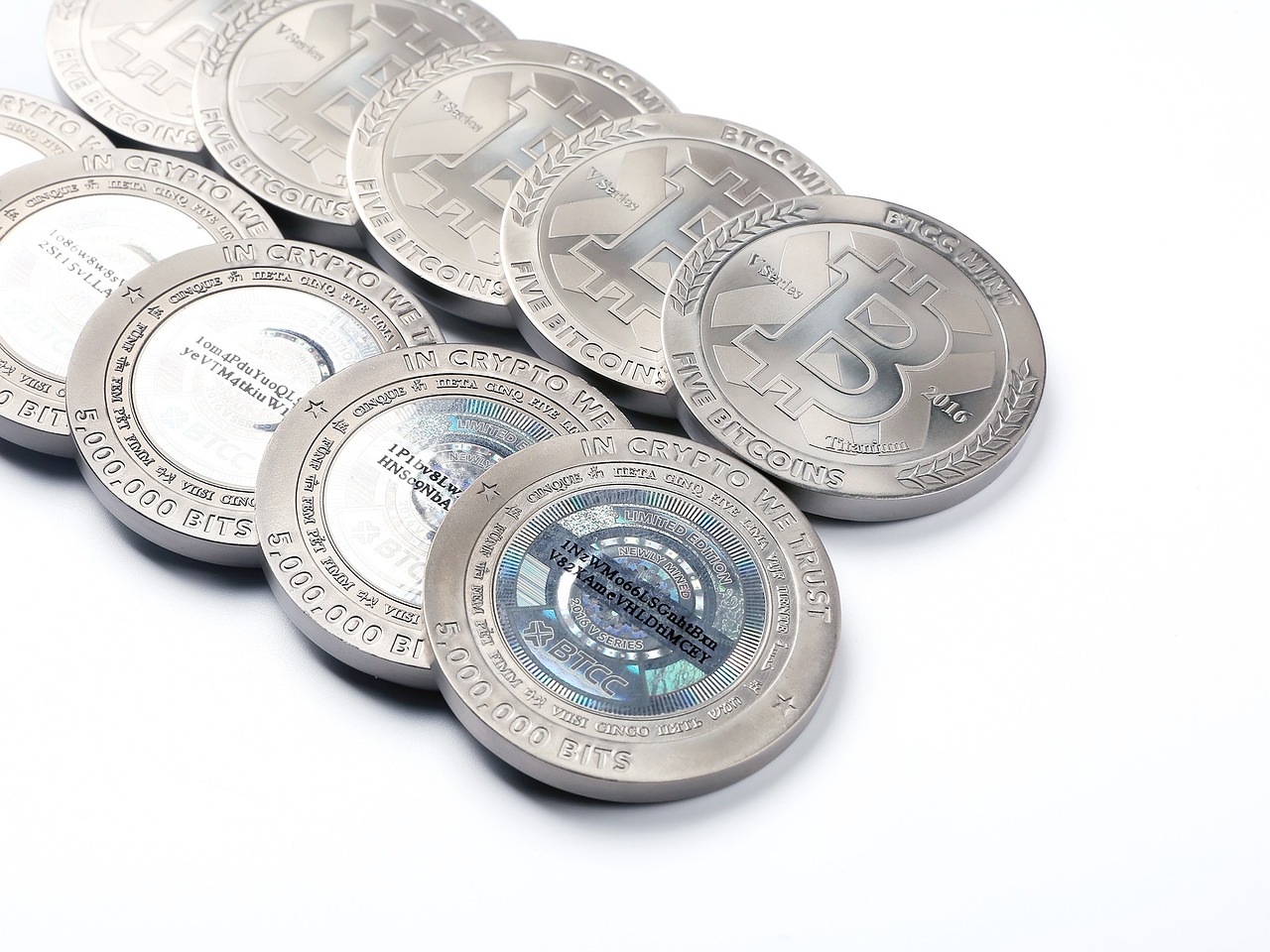You’ve always been captivated by the rich history and allure of gold coins. From the days of ancient civilizations to the modern era, these gleaming treasures have held a special place in the hearts of collectors. But collecting gold coins is more than just a hobby – it’s an art form. Each coin tells its own unique story, from the intricate designs to the meticulous craftsmanship. In this article, we will explore the world of gold coin collecting and uncover the hidden secrets behind this ancient art. So, grab your magnifying glass and get ready to embark on a journey through time with the art of gold coin collecting.

The History of Gold Coin Collecting
Origins of Gold Coin Collecting
Gold coin collecting, also known as numismatics, has a rich history that dates back thousands of years. The fascination with gold coins can be traced to ancient civilizations that first started using gold as a form of currency. As early as 2,500 BCE, the Egyptians began minting gold coins as a way to facilitate trade and commerce. These ancient gold coins, intricately designed and a symbol of wealth and power, serve as the foundation of modern gold coin collecting.
Early Coin Collectors
Throughout history, individuals have been drawn to amass collections of gold coins. It was during the Renaissance period in Europe that collecting coins as a hobby gained popularity among the elite. Wealthy individuals and royalty, such as King Louis XIV of France, began amassing vast collections of gold coins for their aesthetic appeal and historical value.
The Rise of Modern Gold Coin Collecting
In the 19th century, gold coin collecting expanded beyond the nobility and became accessible to a broader range of collectors. The discovery of gold during the California Gold Rush in 1848 prompted a newfound interest in gold coins. Coin collectors began recognizing the historical significance and intrinsic value of gold coins, leading to a surge in popularity.
Popular Types of Gold Coins for Collectors
Ancient Gold Coins
Ancient gold coins hold a special allure for collectors. These coins, originating from the civilizations of Greece, Rome, and Persia, showcase exquisite craftsmanship and provide a window into the ancient world. Each coin tells a unique story, with designs depicting gods, emperors, and mythological figures. Collecting ancient gold coins offers a fascinating journey through time and a deep appreciation for human history.
World Gold Coins
World gold coins encompass a diverse range of currencies and civilizations. From the Mexican pesos to the British sovereigns, world gold coins offer collectors the opportunity to explore the rich numismatic heritage of various countries. Whether it’s the elegance of the French Napoleon gold coins or the cultural significance of the Chinese Panda coins, collecting world gold coins allows you to broaden your collection and experience the beauty of different cultures.
American Gold Coins
American gold coins have a unique place in numismatic history. From the iconic Saint-Gaudens double eagle to the classic Liberty Head gold coins, American gold coins capture the spirit of the nation and its development. Collecting American gold coins provides a sense of pride and connection to the country’s rich heritage while also offering potential investment opportunities.
European Gold Coins
European gold coins have captivated collectors for centuries. From the legendary Gold Ducats of Hungary to the beloved British Sovereigns, European gold coins are renowned for their meticulous craftsmanship and symbolic designs. Whether you’re drawn to the ornate Renaissance-era coins or the elegant modern bullion coins, collecting European gold coins offers a glimpse into the continent’s history and culture.
Commemorative Gold Coins
Commemorative gold coins hold a special place in the hearts of collectors. These coins are minted to celebrate significant historical events, anniversaries, or notable figures. They often feature unique designs that commemorate these occasions, making them prized additions to any collection. Collecting commemorative gold coins not only presents an opportunity to own a piece of history but also allows for personal connections to important moments in time.
Factors Affecting the Value of Gold Coins
Gold Content and Purity
The gold content and purity of a coin significantly impact its value. Gold coins are typically made with different karat gold, ranging from 22 karat to 24 karat. The higher the gold purity, the more valuable the coin becomes. Additionally, the weight of the gold coin plays a crucial role in determining its worth. Collectors often seek coins with a high gold content and purity for their intrinsic value as well as their investment potential.
Mintage and Rarity
The mintage and rarity of a gold coin heavily influence its value in the collector’s market. Coins with low mintage numbers or those that were minted in limited quantities tend to be more valuable due to their scarcity. Collectors often prioritize acquiring rare coins as they represent a unique piece of history and add a sense of exclusivity to their collection.
Condition and Preservation
The condition and preservation of a gold coin play a significant role in its desirability and value. Collectors highly value coins that are in excellent condition, without any signs of wear or damage. Coins that retain their original luster and have minimal scratches or blemishes are especially sought after. Proper storage and handling techniques are crucial to maintain the coin’s condition and preserve its value.
Historical Significance
Gold coins that hold historical significance often carry additional value in the collectors’ market. Coins that are connected to important historical events, influential figures, or significant periods in history tend to attract avid collectors. These coins offer a tangible link to the past and allow collectors to immerse themselves in the narratives of the time.
Popularity and Demand
The popularity and demand for a particular gold coin play a vital role in its market value. Coins that are highly sought after by collectors due to their beauty, historical significance, or rarity often command higher prices. Market trends and collector preferences can greatly influence the value of gold coins, making it essential for collectors to stay informed on the current demand and popularity of specific coins.
Finding and Assessing Gold Coins
Online Marketplaces
Finding gold coins for your collection has never been easier with the advent of online marketplaces. Websites specializing in coin sales and auctions allow collectors to browse a vast selection of coins from all over the world. Online marketplaces provide detailed descriptions, images, and seller ratings, offering a convenient way to assess and purchase gold coins from the comfort of your own home.
Coin Shows and Auctions
Coin shows and auctions are exciting events where collectors can interact with fellow enthusiasts and explore a wide range of gold coins. These events offer a unique opportunity to view rare and valuable coins up close, allowing collectors to assess their quality and authenticity. Coin auctions, in particular, provide the thrill of bidding against other collectors for coveted pieces, making them a thrilling experience for passionate collectors.
Coin Dealers and Collectors’ Clubs
Establishing relationships with reputable coin dealers can be invaluable for finding and assessing gold coins. Coin dealers are knowledgeable experts who can provide guidance and offer advice on acquiring quality coins for your collection. Joining collectors’ clubs and organizations also provides access to a network of experienced collectors who can share their expertise and assist in finding reputable dealers and sources for acquiring gold coins.
Evaluating Coin Authenticity
Ensuring the authenticity of gold coins is crucial to maintaining the integrity of a collection. Various methods can be employed to assess a coin’s authenticity, including examining its weight, dimensions, and metallic composition. Advanced techniques such as X-ray spectrometry and laser technology can provide further insights into a coin’s genuineness. Seeking professional opinion and consulting coin authentication services can provide additional assurance.
Grading and Certification
Grading and certification provide a standardized system for evaluating the condition and quality of gold coins. Professional grading services assess factors such as wear, damage, and overall appearance to assign a grade to each coin. Graded and certified coins come encapsulated in protective holders, adding value and credibility to the collection. Understanding the grading scale and utilizing certified coins can enhance the overall quality and marketability of a gold coin collection.

Building and Managing a Gold Coin Collection
Setting Collecting Goals
Before embarking on a gold coin collecting journey, it is essential to establish clear collecting goals. Determine the focus of your collection, whether it be specific time periods, countries, or themes. Setting realistic goals allows for a more organized and purposeful collection, ensuring that each coin contributes to the overall vision and enjoyment of the hobby.
Establishing a Budget
Gold coin collecting can be both a passion and an investment. To manage your collection effectively, it is crucial to establish and stick to a budget. Consider factors such as the cost of acquiring coins, grading and certification fees, and ongoing expenses for storage and display. By setting a budget, collectors can ensure that they find a balance between acquiring desirable coins and maintaining financial stability.
Organizing and Cataloging Coins
Developing an organized system for cataloging and tracking your gold coin collection is essential for collectors. Creating a detailed inventory that includes information such as coin type, date, mint mark, and any historical significance allows for easier management and tracking of each coin. Utilizing software or coin collecting apps can assist in organizing and categorizing your collection effectively.
Displaying and Storing Coins
Displaying and storing gold coins appropriately is crucial to their long-term preservation and enjoyment. Coin albums or cases with acid-free sleeves provide a safe and aesthetically pleasing way to showcase your collection. Storing coins in a cool, dry environment away from direct sunlight and moisture helps prevent damage and discoloration. Adhering to proper handling techniques, such as wearing gloves, also ensures the preservation of the coin’s condition.
Tracking and Valuing the Collection
Regularly updating the value of your gold coin collection is necessary to track its financial worth and assess its growth over time. Stay informed about current market trends, take note of any significant changes in value, and keep a record of each coin’s current market price. Collectors can utilize online resources, price guides, and consultation with experienced professionals to accurately value their collection.
Caring for Gold Coins
Handling and Cleaning Coins Safely
Proper handling of gold coins is crucial to avoid potential damage. When handling coins, it is recommended to wear gloves to prevent oils from your hands transfer-ring onto the coins. Limit touching the surface of the coin, focusing on the edges instead. Cleaning gold coins should be done sparingly and with utmost care, using specialized cleaning solutions or mild soap and warm water. Abrasives and harsh chemicals should be avoided at all costs.
Protective Measures and Storage
Protecting gold coins from potential physical damage is vital for their preservation. Coin cases or holders provide a protective barrier against scratches, dirt, and environmental contaminants. Ensure that these cases are made from materials that are safe for long-term storage, such as acid-free and PVC-free materials. Consider utilizing a dehumidifier or desiccant packs to minimize moisture, which can cause damage to the coins.
Preserving the Original Patina
The original patina, or surface coloration, of gold coins contributes to their unique character and historical significance. Preserving the original patina is essential for maintaining the authenticity and value of the coins. Minimize cleaning and avoid harsh cleaning techniques that can strip away the natural patina. Embrace the beauty of the coin’s age and allow the patina to tell its story.
Avoiding Environmental Damage
Gold coins are susceptible to environmental damage caused by exposure to extreme temperature fluctuations, sunlight, and humidity. Avoid storing coins in attics, basements, or rooms prone to temperature variations. Direct sunlight can fade the colors and degrade the coin’s surfaces over time. Prevent exposure to excessive humidity, as it can lead to the development of tarnish and corrosion on the coins.
Insurance and Security
Protecting your gold coin collection from theft or unexpected events is an important consideration for collectors. Ensure that your collection is adequately insured to provide financial protection in case of loss or damage. Implementing security measures such as a safe or a safety deposit box adds an extra layer of protection and peace of mind for collectors.

Understanding Coin Grading
Grading Systems and Scales
Coin grading is a system used to evaluate the condition and quality of a coin. Different grading systems with their scales exist, such as the Sheldon Scale, the Universal Rarity Scale, and the Numismatic Guaranty Corporation (NGC) scale. Each grading system assesses a coin’s physical state, taking into account factors such as wear, damage, and overall appearance.
Determining Coin Grade Factors
Coin grade factors vary depending on the grading system being used. Generally, grade factors include wear, luster, strike quality, and visual appeal. A coin with minimal wear, sharp details, and exceptional eye appeal is typically assigned a higher grade. Graders assess these factors to assign a grade to a coin, which helps determine its value and marketability.
Key Elements for Grading
Coin graders focus on specific key elements to determine a coin’s grade. Elements such as the coin’s surface condition, sharpness of details, and overall eye appeal play a significant role in the coin’s grade. In addition, the absence of significant wear, damage or marks, and proper centering on the coin are also essential factors in determining the coin’s grade.
Common Grading Mistakes
Grading coins can be a complex and subjective process, making it prone to mistakes. Common grading mistakes include overlooking small details, errors in determining wear, and inconsistent grading standards. It is important for collectors to continue learning and developing their grading skills to avoid potential mistakes and accurately assess the condition of their own coins.
Importance of Coin Grading
Coin grading serves as an essential tool in the numismatic world. The grade assigned to a coin provides collectors, dealers, and investors with a standardized way to assess a coin’s quality and value. Proper grading enhances transparency in the marketplace and protects collectors from counterfeit or overpriced coins. Understanding coin grading empowers collectors to make informed decisions and build high-quality, valuable collections.
Researching and Appreciating Gold Coins
Exploring Coin History and Design
Researching the history and design of gold coins adds depth and appreciation to any collection. By studying the background and cultural context of each coin, collectors gain a deeper understanding of its value and significance. Learning about the stories behind the designs, the artists involved, and the historical events depicted enriches the collecting experience and allows for a more profound appreciation of the coins’ artistry.
Investigating Coin Varieties and Errors
Coins often possess unique varieties and errors that make them highly sought after by collectors. Investigating these varieties and errors adds excitement and intrigue to the collecting process. Varieties can include differences in mint marks, design modifications, or errors in striking. Delving into the world of coin varieties and errors presents collectors with the opportunity to uncover rare and valuable gems.
Spotting Counterfeits and Forgeries
With the rise in counterfeit coins, it is essential for collectors to develop the skills to spot fakes. Educating yourself on the specific characteristics and details of genuine coins is crucial. Examining a coin’s weight, measurements, metal content, and edge features are important steps in determining its authenticity. Staying updated on current counterfeit techniques and consulting with experts can further enhance your ability to spot counterfeits.
Understanding Market Trends
Successful gold coin collectors stay informed about market trends and developments. Regularly monitoring auction results, industry publications, and online forums allows collectors to stay abreast of price fluctuations, emerging trends, and new coin releases. Understanding market dynamics and staying ahead of the curve ensures that collectors can make informed decisions about their collection and potential investment opportunities.
Appreciating Artistic and Cultural Value
Gold coins are not only valuable for their metal content but also as artistic and cultural artifacts. Each coin represents a unique blend of history, artistry, and cultural heritage. Taking the time to appreciate the intricate designs, symbolism, and craftsmanship adds a layer of richness to the collecting experience. Cultivating a deep appreciation for the artistry and cultural value of gold coins enhances the enjoyment and satisfaction of owning them.
Tips for Buying and Selling Gold Coins
Educate Yourself on Market Trends
Before buying or selling gold coins, educate yourself on current market trends. Stay informed about the performance of specific coin types, issues affecting the precious metal market, and collector preferences. By understanding the market dynamics, collectors can make informed decisions and maximize the value of their transactions.
Researching Coin Prices
Researching coin prices is crucial for both buyers and sellers. Familiarize yourself with price guides, auction results, and online marketplaces to get a sense of the current market value of gold coins. For sellers, accurate pricing knowledge ensures fair value for your coins. Buyers can use this information to ensure they are not overpaying for a particular coin.
Buying from Reputable Sellers
When buying gold coins, it is crucial to purchase from reputable sellers. Established coin dealers, reputable online marketplaces, and trusted auction houses are reliable sources for acquiring genuine coins. Research a seller’s reputation, customer reviews, and certifications to ensure the authenticity and quality of the coins being offered.
Negotiating and Bargaining
Negotiating and bargaining can play a role in gold coin transactions. When selling coins, be prepared to negotiate the final price to ensure a fair value for both parties. Buyers can also explore the possibility of negotiating with sellers, especially for higher-priced coins or when purchasing multiple coins. Polite and respectful negotiation can lead to a mutually beneficial agreement.
Understanding Taxes and Regulations
Understanding tax laws and regulations related to buying and selling gold coins is essential. Different jurisdictions have specific rules regarding sales tax, capital gains tax, and reporting requirements. It is important to be aware of these regulations to ensure compliance and avoid any potential legal issues. Consulting with tax professionals or experts in the field can provide clarity on the applicable tax obligations.
The Joys and Challenges of Gold Coin Collecting
The Thrill of the Hunt
Gold coin collecting offers a thrilling sense of adventure and discovery. The search for rare and valuable coins, whether at coin shows, online marketplaces, or auctions, is akin to a treasure hunt. The thrill of uncovering a unique coin, with its rich history or exquisite design, fosters a sense of excitement and fulfillment for collectors.
Learning and Expanding Knowledge
Gold coin collecting is an educational pursuit that constantly expands one’s knowledge. Each coin offers an opportunity to delve into history, artistry, and cultural heritage. Collectors continually learn about new coin varieties, historical events, and the evolving numismatic landscape. The pursuit of knowledge deepens the appreciation for gold coins and keeps collectors engaged and intellectually stimulated.
Connecting with Fellow Collectors
Gold coin collecting is not just a solitary pursuit but also a social endeavor. Joining collectors’ clubs, attending coin shows, and engaging in online forums allows collectors to connect with like-minded individuals and share their passion. Building relationships with fellow collectors offers a sense of camaraderie, support, and the opportunity to learn from each other’s experiences.
Financial Considerations
Gold coin collecting can be a rewarding pursuit from a financial standpoint. Over time, rare and valuable coins can appreciate in value, offering a potential return on investment. Collectors who carefully select coins with investment potential and navigate market trends wisely may experience financial gains. However, it is essential to approach gold coin collecting with a balanced perspective, recognizing that the financial aspect is only one facet of the overall collecting experience.
Potential Risks and Pitfalls
Like any investment, gold coin collecting carries potential risks and pitfalls. Market fluctuations, changes in collector preferences, and unexpected events can impact the value and liquidity of gold coins. It is important to approach collecting with a long-term perspective, focusing on the enjoyment and personal satisfaction that comes from owning these historical treasures. Understanding the potential risks and seeking advice from experts can help mitigate any potential pitfalls.
In conclusion, gold coin collecting is a fascinating hobby that spans centuries and offers a deep appreciation for history, artistry, and culture. By exploring the origins of gold coin collecting, understanding the factors that affect value, and learning how to find, assess, and care for coins, collectors can build and manage a meaningful and valuable collection. Alongside the joys of hunting for rare coins, expanding knowledge, and connecting with fellow collectors, it is vital to navigate the financial considerations and potential risks associated with this rewarding pursuit. So, embark on your own journey into the world of gold coin collecting, and let the allure of these golden treasures captivate you.
